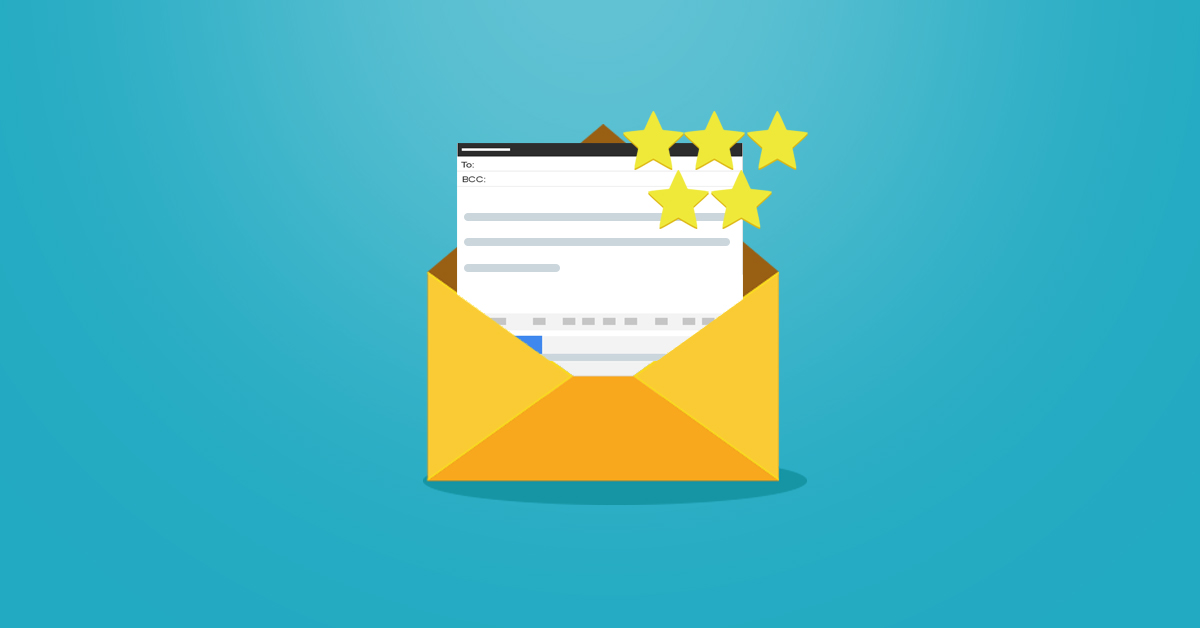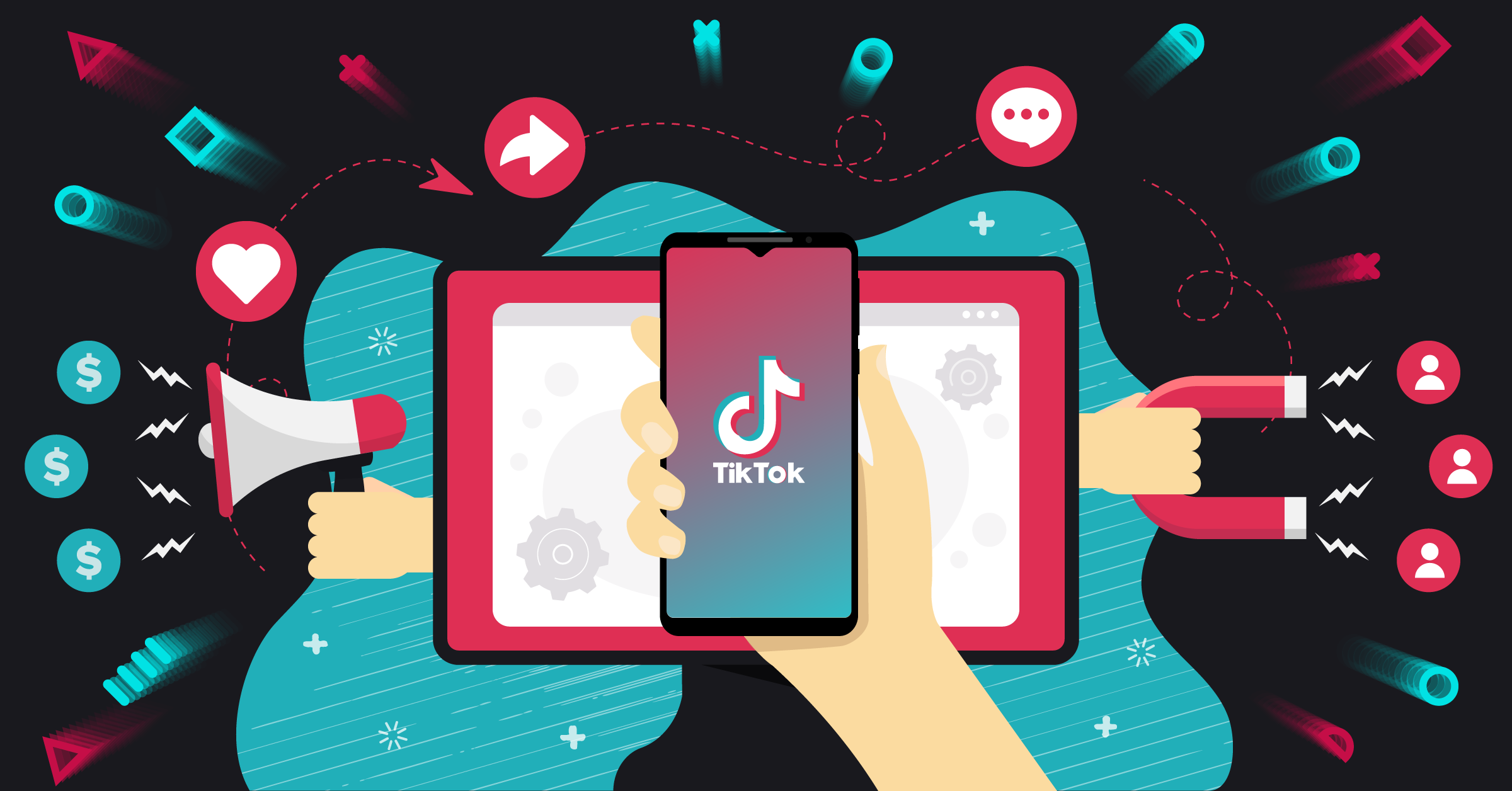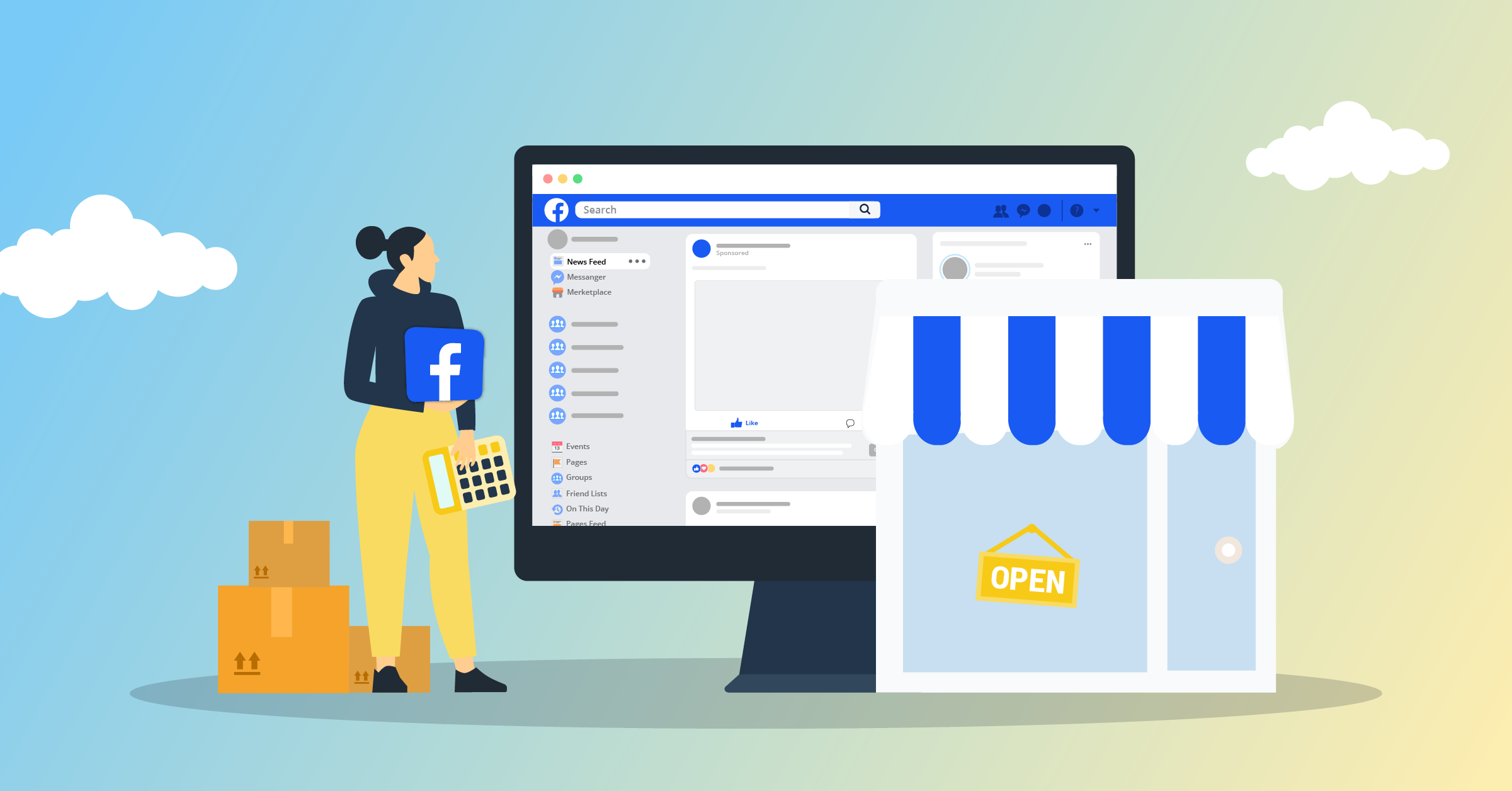
Let’s say you’ve gotten a fresh batch of warm leads from Facebook Lead Ads and just imported them into your email outreach automation tool. All you have to do now is to write and send an email that will seal the deal, right?
Well, technically – yes.
But how do you do so to make sure it’s effective?
I’ve gathered a handful of tips for you.
See how to write an email that converts.
Take care of your prospect list
When it comes to email outreach, there are 3 main elements you need to take care of: a high-quality prospect list, a good email copy, and sending strategy.
Good news is, in this case, you already have a list of leads that possibly are interested in the product/service you’re offering. So you’re already of the way!
Now’s the time to write the email and start sending.
You might, of course, send every email manually, copying and pasting it one after another, but trust me — that will take ages. If you would like to make that process easier, try using an email automation tool. That way you will save time and be sure not one response has slipped unnoticed, as you will have them all under one roof.
So be sure to push your prospects’ data into the email automation tool you’re using, and let’s move on to the next step – composing the email.
Write the email
Even though effective cold emails are often just several lines long – and the shorter, the better – there are quite a few things you need to be mindful of before you start typing. They fall under the scope of these two areas: creating a valuable, interesting message, and getting it delivered.
Let’s start with creating the email.
There are six elements of an email — they aren’t set in stone, of course, but it’s good to know what you should be mindful of when writing your message. Here they are:
- The ‘from’ line
- Subject line
- Introduction
- Value proposition
- Call-to-action
- Signature
#1. The ‘from’ line
If up to this point you’ve thought of the ‘from’ line as something you set up at the beginning and then forget about completely, you might want to reconsider that approach.
Why the ‘from’ line is one of the things that makes the first impression on your prospects. It shows them who sent this message, and probably will impact their decision on whether to open the email or move it to trash.
To decide what your ‘from’ line should be, step into your prospects’ shoes for a while. If you were them, which one would make you open the email. A more formal one, like ‘John Smith at Company XYZ’ or perhaps a more casual one, such as ‘John at Company XYZ’.
Also, be consistent with the email body. If you’re using a more casual tone, it’s only natural that the ‘from’ line is ‘John at Company XYZ’ rather than ‘John Smith at Company XYZ’.
#2. Subject line
The email subject line, along with the ‘from’ line, defines whether your prospect will open your email or not.
That’s why you should:
- make it intriguing – so it draws their attention among many other emails in their inbox
- personalize it – to keep the human touch and, again, draw their attention to your email
- do not use clickbait – it might bring you a higher open rate, but ultimately will make your prospects angry and break their trust
- tie it to the rest of the email – every part of your email should be logically connected to one another

Source: Woodpecker app
#3. Introduction
The question you’re answering here is: why am I writing to you, dear prospect?
So don’t start by describing yourself and your business — after all, you’re not writing to introduce yourself, are you?
Instead, focus on your prospect, e.g. start by addressing the issues they might be having.
The intro needs to be intriguing enough that the addressee actually keeps reading, and focused on what the prospect cares about.
And what do your prospects care about? Themselves, their businesses, their problems, and how they can solve them.
Build your intro on that and move on to a possible solution – your offer – in the next part.
#4. Value proposition
This part answers the question: Why should you reply to this email? What can you get from what I offer?
The no.1 thing you should avoid here is a straight-out sales pitch. If your prospects see a pushy offer, they won’t hit the ‘reply’ button.
Rather, show your prospects what value they can get from your solution. To do so, speak the language of benefits rather than features. Instead of describing what your product/service does, show them what they can gain if they use it.
Important: remember to personalize your emails. Generic messages are a big no-no. They will get you nowhere. Fill your messages with custom fields, tailored to each and every one of your prospects.
#5. Call-to-action
Aka, what you want your prospects to do next.
Important – stick to just one CTA. If there’s too many, your prospects will get confused.
And make it crystal clear – just as you did in your lead ad. If there isn’t a clear CTA, they probably won’t respond.
Keep it short and specific, e.g. ‘Would Friday morning suit you for a 10-minute chat?’
#6. Signature
Your email signature is your business card: it should be professional and contain useful information.
By ‘professional’ I mean — steer clear from using crazy fonts, too many pictures, more than two colors etc. – anything that makes it look messy.
And while we’re talking about messy, it’s also important to remember that your signature’s html should be neat – if it’s too long and messy, it may alarm anti-spam filters.
If that’s an option, ask your developer to code it for you. That way you’ll be sure an untidy html isn’t stopping your messages from being delivered.
Now, what info do we consider to be useful in a signature?
Besides – obviously – your name, position, and company, you should include one or two best ways to reach you (such as a LinkedIn profile or phone number. Don’t add your email address — if they want to respond, your prospects will just click ‘reply’.

You should include your company’s physical address, though — it’s a legal obligation in some countries (plus, it makes you look more trustworthy).
You might also add the link to your website (for easy access should they decide they want to check it out).
Be sure not to add too many links in the signature, though. That might – again – alarm anti-spam filters.
That’s for the email itself.
Now let’s see how to send it.
Design your sending strategy
First things first – always follow up. As we see time and again among our customers at Woodpecker, follow-ups make ALL the difference.
But don’t overdo it — you wouldn’t want to turn into a stalker. So how do you find the number of follow-ups that are just right?
Well, I would say it depends on how much contact you’ve previously had with the prospect. In this case, it’s zero, so I would recommend sending no more than 2 follow-up messages.
When it comes to the frequency of such emails, again — it depends on who you’re targeting. The key thing to remember is that your prospects are people. They might not always have the time to reply straight away, even if they’re interested. Sometimes they need time to think about whether they’d be interested.
I would say a safe strategy for starters could be:
Day 1: opening message
Day 4-5: follow-up no.1
Day 11-12: follow-up no.2
But that’s just a suggestion, really. You can start with that frequency and see if it works for you — and adjust with time. I would also encourage you to test what email copy and numbers of follow-ups are the most effective for you.
Get your message to the prospects’ inbox
What can you do to get your email delivered to the recipient’s main inbox?
#1.  Use a separate domain for cold email outreach
This way, if something doesn’t go according to your plan, you won’t harm your company domain.
Tip: choose a domain that sounds similar to your company name, e.g. add a prefix or a suffix.
#2. Send from a domain (and email address) that is warmed up
If you start sending a high volume of emails in a short period of time from a fresh domain, you might be taken for a spammer, and your domain reputation will suffer. Warm it up first.
#3. Avoid spammy language
You may easily find lists of spam-words on the web. Don’t worry – a single ‘hi’ won’t divert your email address to spam, but be sure not to put too many spam-triggering words in your email.
#4. Set up your SPF and DKIM
On a more technical note, “the SPF and DKIM record” are the two records you need to have set up so you can be sure you don’t look like a spammer to your recipients’ email servers.
#5. Personalize the content
This works as a deliverability boost because:
- a) Prospects see you’ve put some effort into writing your email and won’t mark it as spam
- b) Even if you used the same template, personalizing it with custom fields makes it look more varied, which will help to get the email past anti-spam filters.
#6. Don’t use many links
Again, this is a tactic often used by spammers. If you want to put a link in your email, make sure it?s there for a very specific reason.
And that’s about it! Hope this helps you to boost your email campaign results and turn as many prospects into customers as possible.
Â









